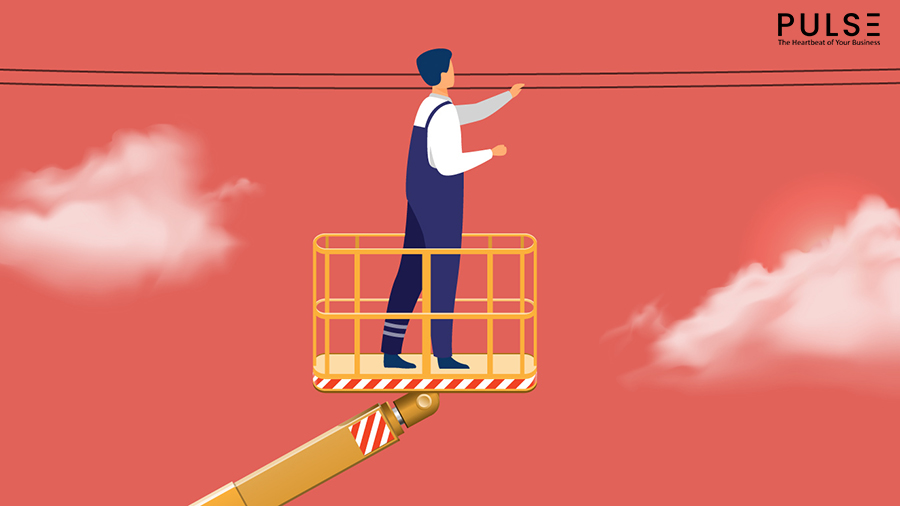Aerial lifts are presumably familiar to construction companies. While aerial lifts can be an integral part of specific projects, working on or around them can be extraordinarily dangerous.
Risks prevail, especially if the team does not carry out a proper risk assessment beforehand for factors that can adversely impact the safety of the workers.
You might be asking – what causes the most aerial lift accidents? Some of the most common causes of injury and death while using aerial lifts include:
- Electrocution from overhead power lines.
- Toppling over.
- Trapping between objects and the lift.
- Falling from the lift.
- Failing to adhere to the instructions.
Yes, it’s true! According to official U.S. Occupational Safety and Health Administration (OSHA) figures, aerial lift accidents result in roughly two dozen deaths per year.
Five Common Aerial Lift Accidents You Should Be Aware Of
To avoid potential safety or financial risks, identifying common accidents while using aerial lifts is crucial for aerial lift operation. Below are five of the most common aerial lift accidents you and your teams should know about.
1. Tip overs due to uneven surface
Tip-overs occur when the aerial lift is not correctly balanced or is overloaded. Unfortunately, every year in the United States, many fatalities are caused due to these issues.
To prevent such mishaps, you should refer to the operator manual for proper loading techniques to make sure the aerial lift ground is stable. In addition, the proper protective gear should be in place to minimize the risks.
Wearing and attaching a body harness to the lift can help. However, safety managers should also ensure that workers never climb over the bucket’s edge and should always remain inside.
2. Trapped between the object and the lift
Accidents using aerial work platforms occur when the operator is wedged between the lift and another object due to careless operation. Trees, bridges, walls, and overhead risks must all be considered.
The site should be inspected for hazards before construction begins to avoid such accidents. The equipment should be inspected entirely, and any moving parts should be guarded appropriately. Furthermore, workers on foot should be removed from the area to ensure additional safety.
3. Electrocution from overhead power lines
Aerial lifts are frequently used at great heights, and some are dangerously close to power lines. As a result, electrocution accidents on aerial lifts are frequently caused by the workers’ contact with power lines.
Personal Protective Equipment (PPE) for the electric power industry is essential. It typically comprises safety glasses, face shields, hard hats, safety shoes, insulated rubber gloves with leather protectors, insulating sleeves, and flame-resistant clothing.
4. Getting hit by things outside the bucket
Many of these common accidents also occur when workers deal with things that come loose from structures. Aerial lifts are frequently used for maintenance work, and workers thus must be prepared for the possibility of falling objects and have contingency measures to avoid mishaps.
5. Accidents due to faulty equipment
Accidents with aerial lifts can be caused by various factors, including faulty pneumatics, frayed wires, and insufficient safety restraints.
Therefore, the safety manager must implement a rigorous maintenance plan to detect defective equipment before it becomes an issue.
Aerial lifts must be thoroughly inspected regularly to ensure that defective equipment does not cause an accident or fatality.
How to Conduct Risk Assessment for Elevated Work Platforms?

Safe use of aerial work platforms requires a proper risk assessment by the safety managers to determine the potential hazards to the workers. The following are some of the crucial steps one should take for risk assessment:
- Identify potential dangers which includes anything that can cause an injury to the workers while operating the aerial lift
- Determine who can get hurt and how they can be harmed.
- Evaluate the dangers and take the necessary precautions, such as providing sufficient training to the workers.
- Keep a journal of your risk-factor discoveries.
- Review the risk assessment regularly and update it as needed.
Get Ready For Safe Working at a Height With Pulse
When it comes to working at a height with aerial lifts safely, the first action to take is to conduct a risk assessment of the site, which includes identifying risky situations, planning, and preparation.
Improve worker safety by investing in the right procedures before anyone leaves the ground to reduce the chance of mishaps and accidents.
Pulse is a leading audit and inspection tool that can help construction companies monitor sites using smart digitized checklists to ensure safety and quality standards.
This advanced tool provides you with real-time data to apply corrective measures before issues become accidents. Empower your team with Pulse’s free trial to monitor the construction site and build a safe working site starting today!
